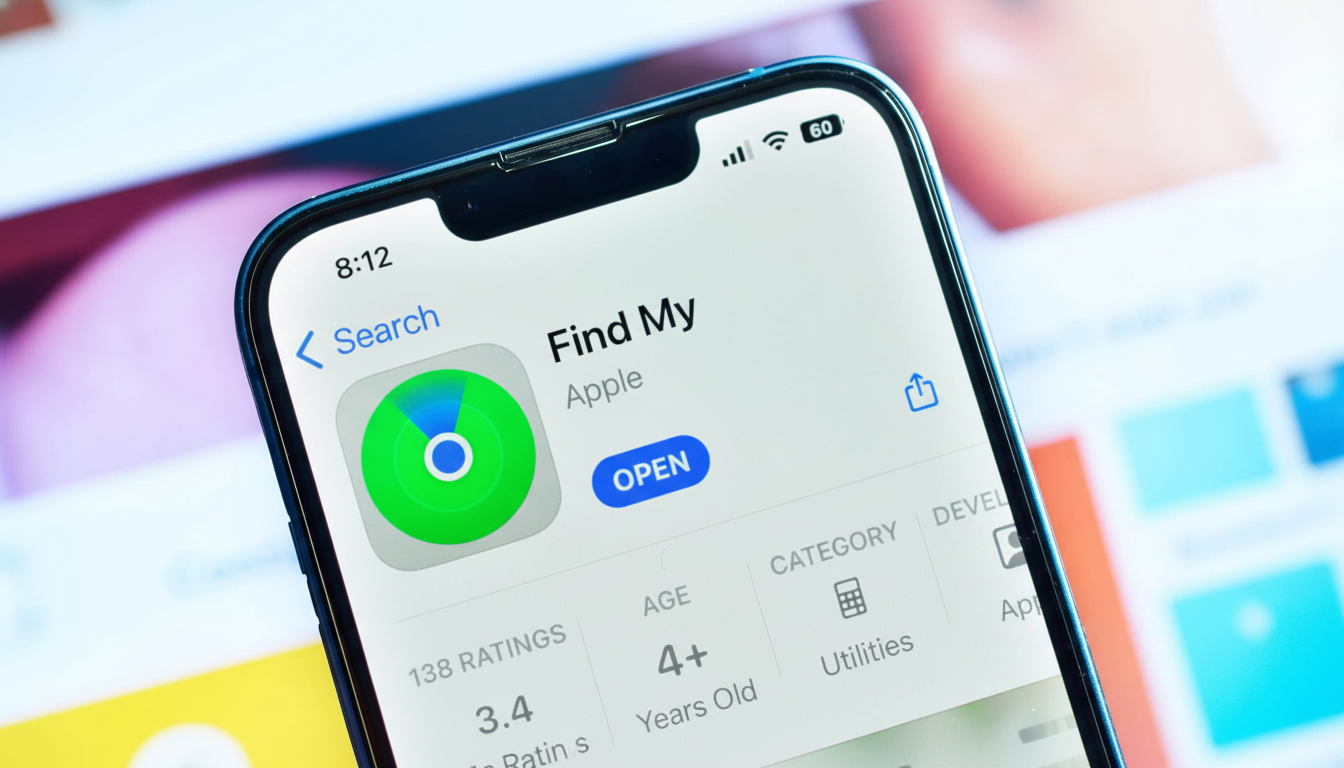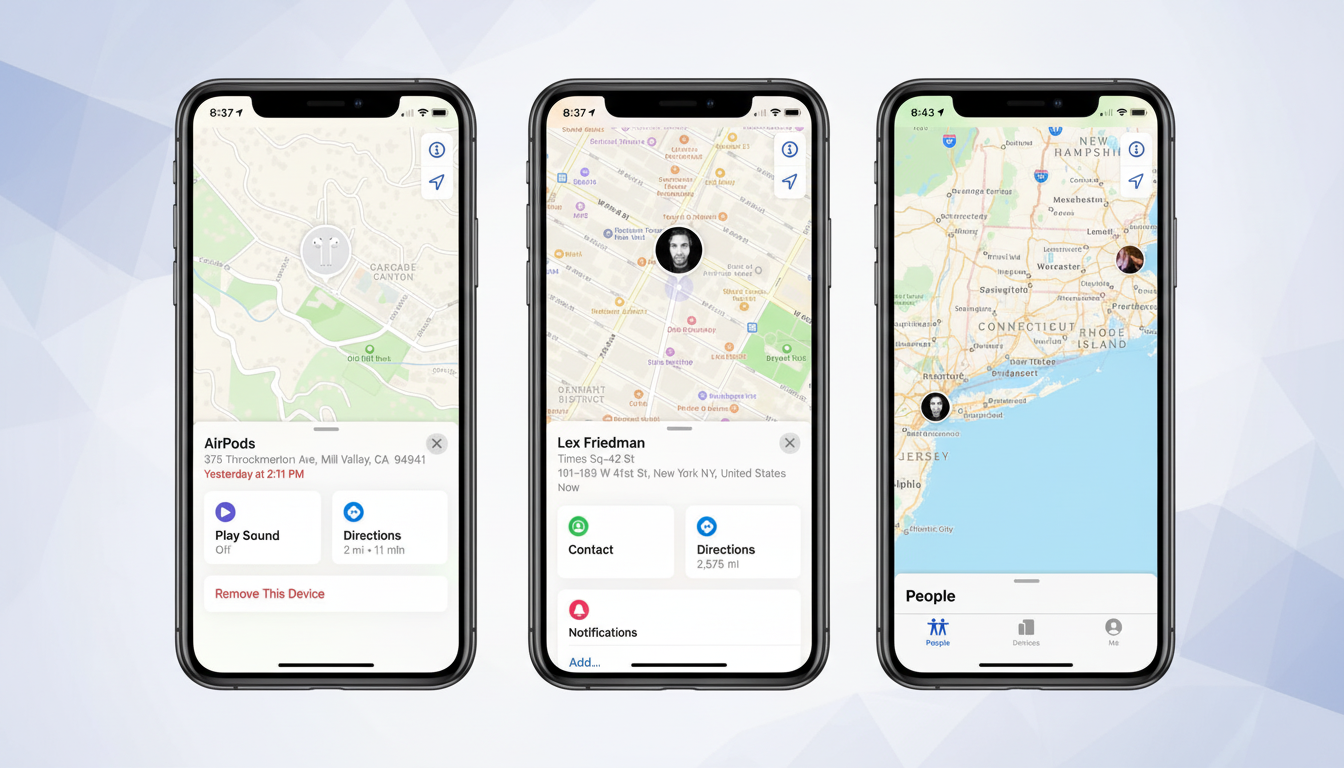One Find My iPhone ping and British officers found themselves at a Heathrow-area warehouse piled high with hundreds of stolen devices, opening the door on an international pipeline believed to have smuggled tens of thousands of handsets from London to China.
Investigators now suspect the gang may have been responsible for up to 40% of the mobile phones stolen in the capital during a yearslong boom.
- A Location Ping Opens the Door to a Major Theft Case
- Inside the Smuggling Pipeline Moving Stolen iPhones
- London Phone Theft by the Numbers and Police Data
- Digital Trails and Street-Side Evidence in Policing
- Why Consumer Settings Still Count Against Phone Theft
- The Bigger Policy Question on Choking Off Resale

A Location Ping Opens the Door to a Major Theft Case
The lead started when a victim’s device turned up in an airport-adjacent warehouse, according to BBC News. Officers attended and discovered the tracked iPhone sitting next to an astonishing 894 others, all boxed up and ready to be shipped out to Hong Kong. According to a report from the South China Morning Post, this wasn’t even the biggest find in terms of the number of devices. That find triggered a broader investigation and a string of arrests.
Two men connected to the shipments were later arrested by detectives, who confiscated over 2,000 other devices from cars and related properties. In all, the authorities had arrested more than a dozen suspects as they untangled a logistics chain set up to whisk stolen phones out of the UK in an instant.
Inside the Smuggling Pipeline Moving Stolen iPhones
The playbook of the ring was straightforward but effective: buy stolen phones in bulk, consolidate them in warehouse drops, and ship the pallets to Hong Kong for redistribution into mainland China. BBC News coverage found that the group targeted iPhones, and fences brought phones to them for a price of about £300 per device—a wholesale price too attractive to let such street-level theft cease.
Why iPhones? More than their resale value, iPhones are valued for hardware design, steady demand, and the ability to tap into apps and services that aren’t easily found in tightly regulated internet ecosystems. Even Apple’s Activation Lock does not stop overseas handlers from parting out devices, trying board-level swaps, or selling units into markets where buyers are willing to accept limitations in order to save money.
London Phone Theft by the Numbers and Police Data
The scale is sobering. Data indicates that the number of phone thefts reported in the city increased from 28,609 in 2020 to 80,588 in 2024, according to Metropolitan Police figures. Investigators now believe the broken-up gang played a role in some 40,000 of those cases—proof that a relatively compact group of highly organized people can be responsible for an outsized share of urban mayhem.
The spike matches with widely recorded tactics: snatches outside transit hubs, distraction thefts in nightlife districts, and disappearances into traffic on mopeds or e-bikes. When upstream fencing operations can move inventory by the pallet, local pickpockets and street crews get a swift-paying outlet for stolen goods.

Digital Trails and Street-Side Evidence in Policing
This case highlights the role of digital forensics in day-to-day policing. Find My iPhone notifications can confirm accurate, time-stamped location information that can support probable cause to enter premises and to seize evidence. From there, it’s generally traceable work based on IMEI/serial-number tracking, shipping manifests, and device clustering to connect a series of thefts back to one supply chain.
UK law enforcement officials, including the Metropolitan Police and the National Crime Agency, have been warning for years that the organized theft rings act more like import/export operations than crimes on British soil. They feast on the reliable supply chain, murky freight routes, and lax due diligence as goods change hands. Disrupt one node—say, the Heathrow-area warehouse—and the economics of the whole network can be strained.
Why Consumer Settings Still Count Against Phone Theft
While there are no guarantees that a space will be theft-free, some defenses increase the expense for thieves. Apple’s Activation Lock and Find My make devices trackable and more difficult to sell again as fully functional phones. Introduced in newer versions of iOS, Stolen Device Protection has added biometric checks for sensitive actions and made it inconvenient for bad actors when they shoulder surf and read off passcodes.
Security professionals also advise the following:
- Use a strong alphanumeric passcode.
- Disable Control Center on the lock screen.
- Enable a SIM PIN.
- Record your device’s IMEI/serial number.
If a phone is stolen, report it immediately to your carrier and the police so that its identifying number can be blacklisted; in cases like this, that can make it more useful as part of the breadcrumb trail that may lead authorities to bigger caches.
The Bigger Policy Question on Choking Off Resale
London’s surge underscores a familiar truth: deterrence works at the street level, but none of it has as much efficacy as choking off the resale market. That calls for stricter export screenings of bulk electronics, more collaboration between carriers and the police on data sharing, and “joint work with overseas authorities or customs agencies to spot suspicious pallets before they clear ports,” officials said.
The Heathrow warehouse raid is a rare uplifting coda, one heads-up alert turning into a template to cut off a high-volume theft pipeline. As the Metropolitan Police press on with prosecutions, the lesson from all of this is clear: location data can be more than a tool to recover phones. Used well, it’s a map of the criminal supply chain itself.

